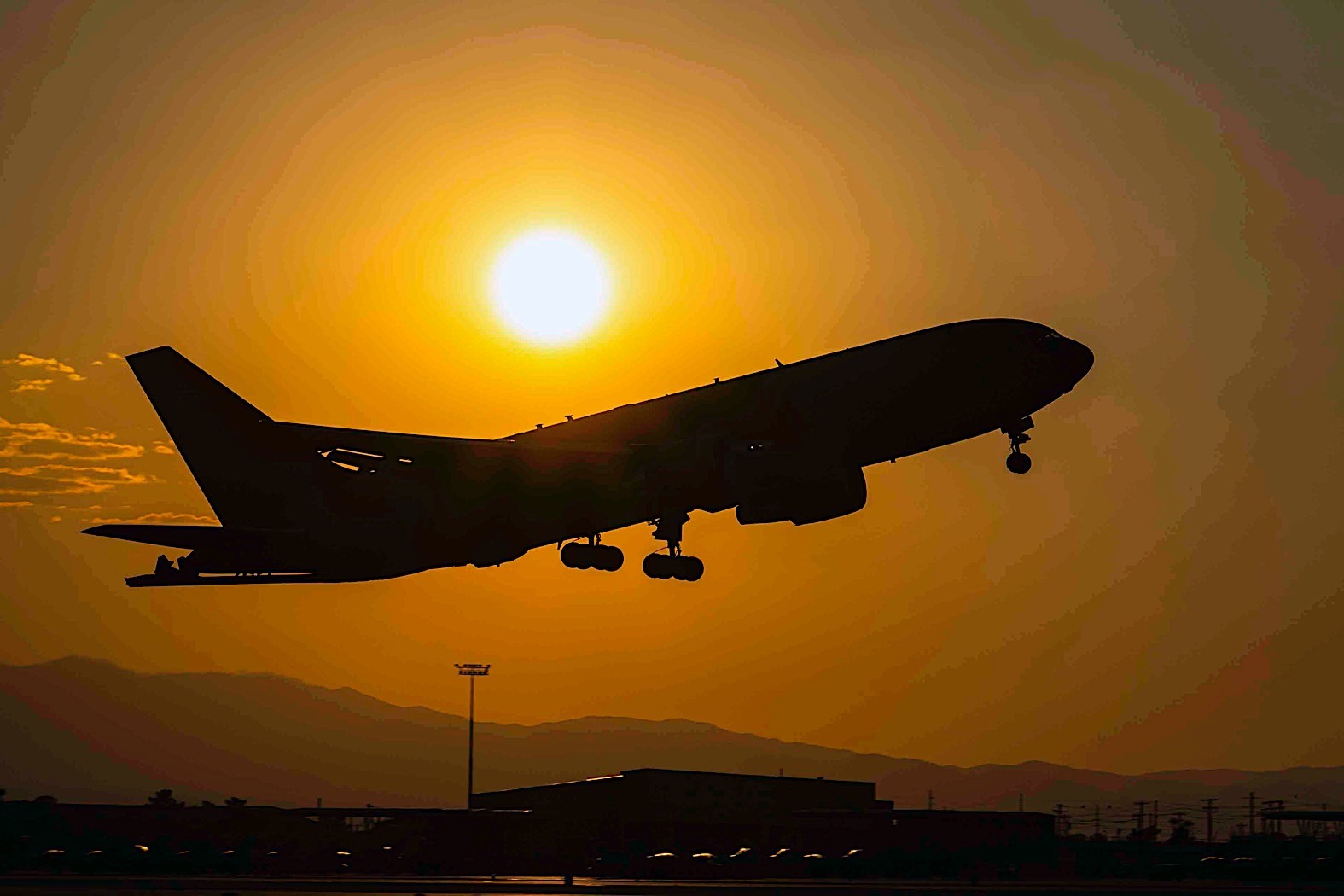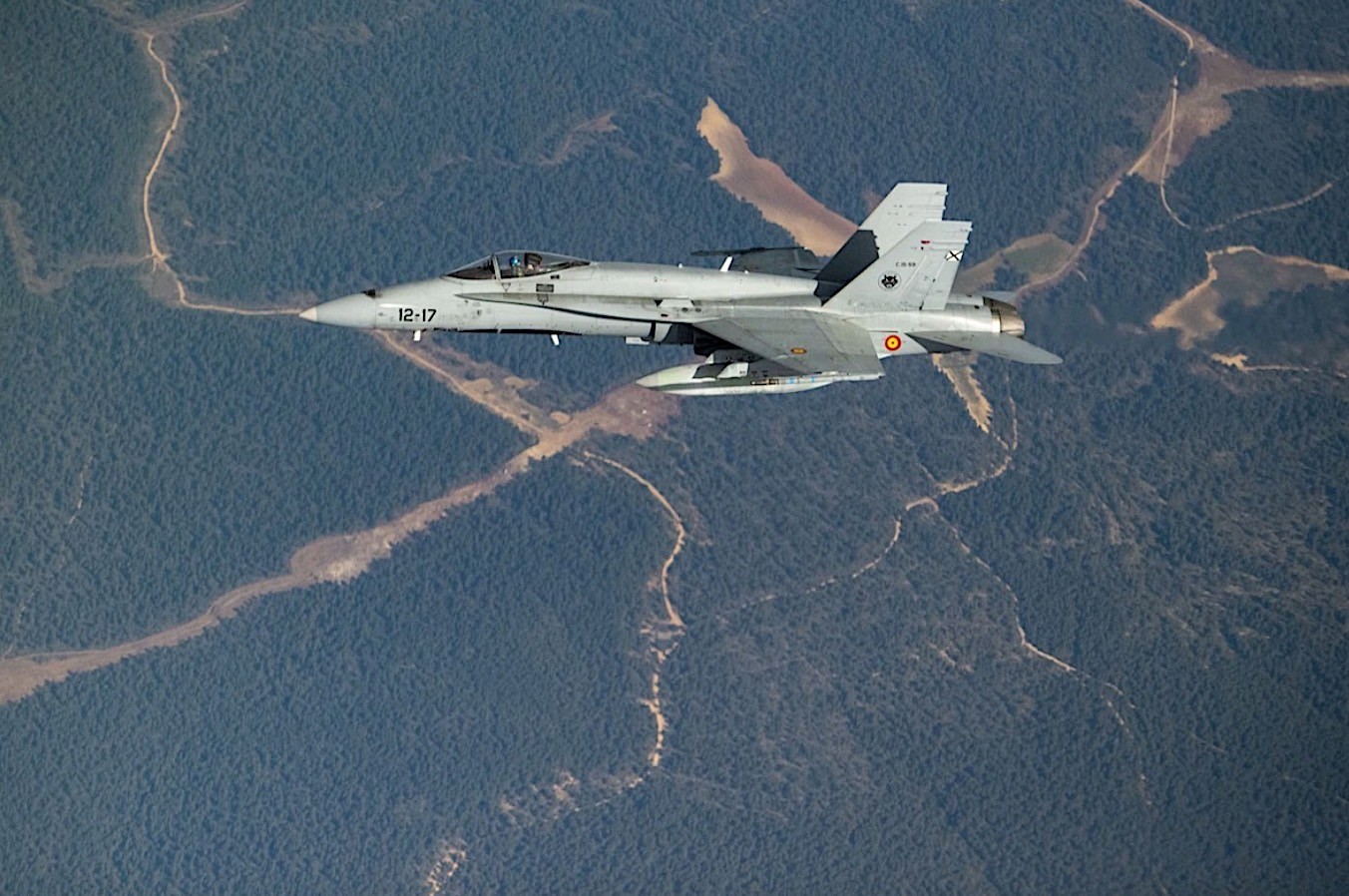While the U.S. Air Force (USAF) captures headlines with its arsenal of cutting-edge fighter jets, agile helicopters, and unmanned aerial vehicles (UAVs), some of its most crucial workhorses might surprise you.
The KC-46A Pegasus, for instance, doesn’t turn heads with a revolutionary design or boast a fearsome array of weaponry. This Boeing-built marvel, essentially a next-generation iteration of the ubiquitous 767 passenger jet, might seem like a workaday aircraft at first glance.
However, under the expert guidance of USAF aircrews, the Pegasus is proving itself a game changer, pushing boundaries with its record-breaking endurance and range.
These feats showcase not just the aircraft’s impressive engineering but also the crucial role it plays in extending the reach and capabilities of the USAF’s entire fleet.
Marking a significant milestone in aerial refueling capabilities, the U.S. Air Force earlier this month revealed the successful conclusion of Project Magellan.
This ambitious undertaking saw a KC-46 Pegasus tanker aircraft from the 22nd Air Refueling Wing start on a record-shattering 45-hour continuous flight.

The mission, spearheaded by the Air Mobility Command’s Maximum Endurance Operation (MEO), aimed to test the absolute limits of the aerial refueling platform, pushing its endurance to new heights.
While details regarding the flight path remain classified, the accomplishment underscores the unwavering dedication of the mission’s personnel. T
wo complete crews, comprised of four pilots and two boom operators, collaborated seamlessly to ensure the success of Project Magellan.
Additionally, a brigadier general’s presence on board signifies the project’s critical nature and the Air Force’s commitment to achieving groundbreaking results.
This historic flight not only expands the operational envelope of the KC-46 but also paves the way for future advancements in long-range aerial refueling capabilities.
Project Magellan wasn’t a simple test of navigation; it was an ambitious undertaking designed to showcase the Pegasus’ ability to refuel other jets during an extended global flight.
Imagine a flying gas station moving across the globe that’s what the Pegasus became, providing vital top-offs for B-2 bombers, C-17 cargo planes, F-15E fighter jets, and even a fellow KC-46 tanker throughout the long journey.
To keep the Pegasus itself fueled, a complex aerial ballet unfolded. Tankers, strategically positioned after taking off from Andersen Air Force Base, Royal Air Force Mildenhall, and the U.S. Central Command’s area of responsibility, awaited the Pegasus at predetermined locations.
But the evaluation went beyond the machine. The crew’s resilience was under scrutiny as well. They participated in a fatigue study, routinely performing self-administered or on-demand tests.
These tests, designed by a third-party contractor with a proven track record supporting elite athletes, NASA personnel, and even international space station astronauts, aimed to assess the crew’s ability to perform at peak levels during such a demanding mission.
The Air Mobility Command isn’t resting on its laurels. They have even more ambitious plans for the Pegasus, pushing its capabilities to the limit. Their ultimate goal? Crews of four pilots flying these planes for up to 48 hours.

